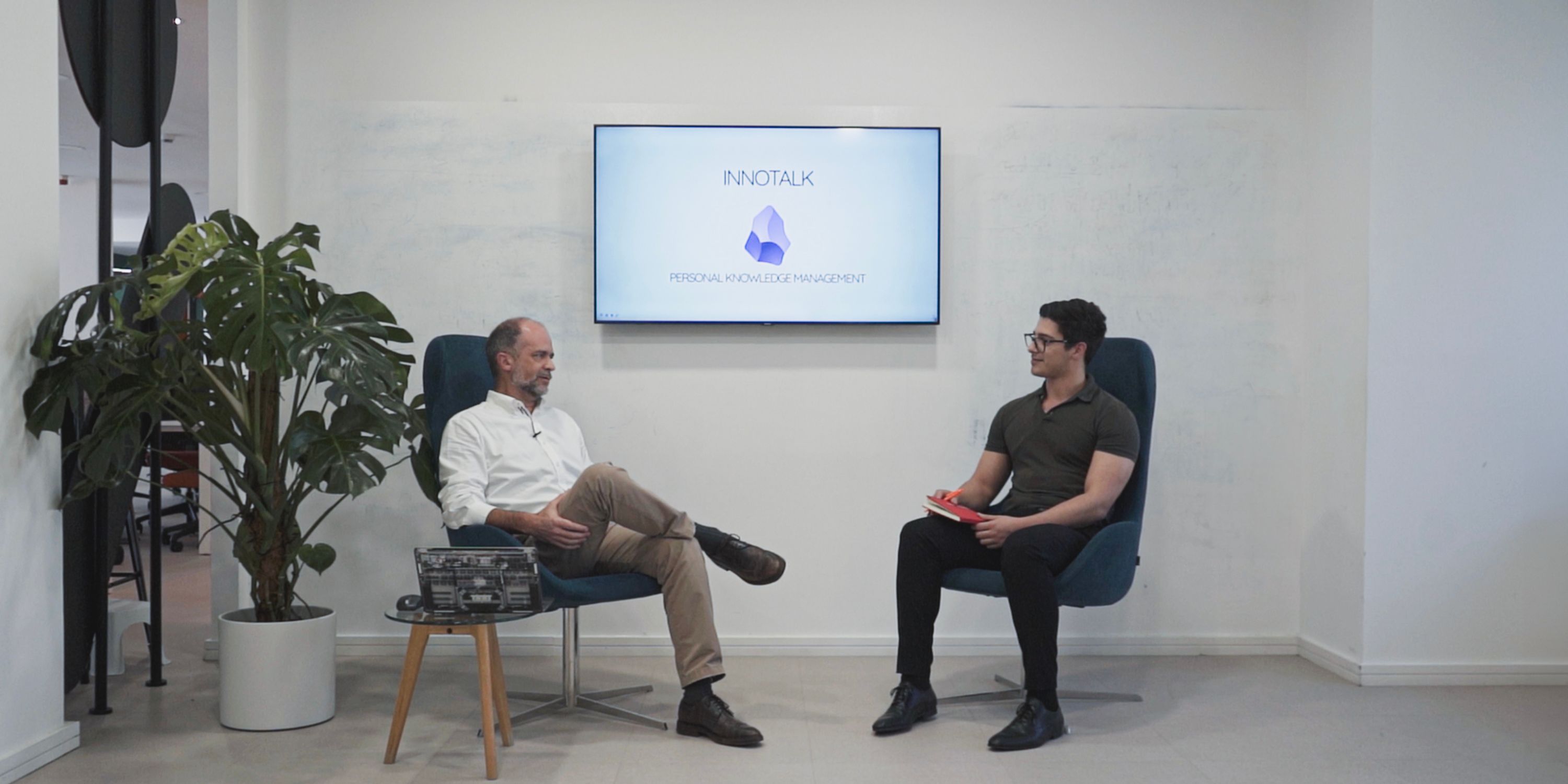The software development life cycle phases are structured processes for planning, creating, testing, and deploying high-quality software. It ensures efficiency, timeliness, and budget adherence throughout the development journey. Software development is a part of the IT services provided by IT consulting providers, such as InnoTech.
This article explores the various phases of the software development life cycle. Moreover, we dive into the different models used to approach these phases. To finalize, we explore the benefits of the Time and Materials IT delivery model within the software development life cycle.
What are the software development life cycle phases?
The key purpose of following a structured software development life cycle process is to ensure high-quality software is delivered efficiently, on time, and within budget. Each phase serves a specific purpose to achieve this goal, from planning and requirements gathering to deployment and maintenance.
Planning: This phase involves defining the scope, objectives, and requirements of the project. It includes gathering user requirements, creating project plans, and estimating costs and resources.
Analysis: In this phase, the gathered requirements are analyzed in detail to understand the needs of the end-users. Developers work closely with stakeholders to ensure that all requirements are clear and feasible.
Design: During this phase, the system architecture and design are created based on the requirements gathered in the previous phases. This includes defining the overall structure of the software, its components, interfaces, and data architecture.
Implementation: In this phase, the actual coding of the software takes place. Developers write code according to the design specifications, using programming languages and tools appropriate for the project.
Testing: The software is rigorously tested to identify and fix any defects or bugs. Various testing techniques, such as unit testing, integration testing, and system testing, are used to ensure that the software meets its requirements and functions correctly.
Deployment: Once the software has been thoroughly tested and approved, it is deployed to the production environment. This involves installing the software on the target systems and making it available to end-users.
Maintenance: After deployment, the software enters the maintenance phase, where it is monitored and updated as needed to address any issues that arise. This may include fixing bugs, adding new features, or making performance improvements.
What are the different models of software development life cycle?
A software life cycle model, also known as a software development process or methodology, is a structured approach used by software development teams to design, develop, test, deploy, and maintain software applications. It provides a framework for organizing and managing the various stages and activities involved in creating software.
Waterfall Model: The Waterfall model is a sequential approach to software development where each phase must be completed before the next one begins. It follows a linear and rigid structure, with distinct phases including requirements gathering, design, implementation, testing, deployment, and maintenance.
V-Model: The V-Model is an extension of the Waterfall model that emphasizes testing throughout the development life cycle. It aligns testing activities with each phase of development, forming a V-shaped process. This model highlights the relationship between development stages and corresponding test phases.
Incremental Model: The Incremental model divides the development process into smaller, manageable increments or modules. Each increment delivers a portion of the functionality, allowing for incremental development and delivery. This model enables early delivery of useful software and facilitates feedback from users.
RAD Model: The Rapid Application Development (RAD) model emphasizes rapid prototyping and iterative development. It focuses on developing software quickly by using techniques such as iterative prototyping, reusing software components, and involving users in the development process. RAD is particularly suitable for projects with short development cycles and rapidly changing requirements.
Iterative Model: The Iterative model involves repeating cycles of development, where each cycle produces an increment of the software. Each iteration builds upon the previous one, incorporating feedback and making improvements. This model allows for flexibility and adaptation to changing requirements.
Spiral Model: The Spiral model combines elements of both Waterfall and Iterative models. It follows a spiral approach, with cycles of risk analysis, development, and evaluation. Each cycle, or “spiral,” involves progressively refining the software through iterations while addressing risks and uncertainties.
Prototype Model: The Prototype model creates a working version of the software to get feedback and improve requirements. It involves rapid prototyping, where a basic version of the software is developed quickly and iteratively enhanced based on user feedback. This model is useful for clarifying requirements and validating design concepts.
Agile Model: The Agile model is an iterative and incremental approach to software development that emphasizes flexibility, collaboration, and customer feedback. It prioritizes delivering working software frequently through short iterations called sprints. Agile methodologies, such as Scrum and Kanban, promote adaptive planning, continuous improvement, and rapid response to change.
Each software development life cycle model has its advantages and is suited to different project contexts, requirements, and team dynamics. The choice of model depends on factors such as project complexity, size, budget, timeline, and stakeholder preferences.
These models represent various approaches to structuring the software development process, each with its own characteristics, advantages, and disadvantages. Organizations choose a specific model based on the nature of the project, requirements, and desired outcomes. Each model offers a unique way of organizing the development phases to ensure successful software delivery[1][2][3][4][5].
The benefits of time and materials in the software development life cycle:
Time and Materials is an IT delivery model that can play a role in the software development life cycle. In this model, the client outsources the time and resources spent by the development team on the project. Along with it, the cost of materials or any additional expenses incurred during the development process are also allocated to the IT consulting company.
Flexibility: The Time and Materials model is flexible in software development. It allows for adjustments to project requirements, scope, and priorities as needed. This flexibility makes it easy to adapt to changes during the development process. This flexibility is particularly valuable in agile or iterative development environments where requirements may evolve over time.
Incremental Development: Time and Materials pricing encourages incremental development. In this model, software features are developed and delivered in small, iterative cycles. This approach aligns well with agile methodologies. It enables the team to prioritize features based on client feedback and changing market needs.
Transparency: The T&M model provides transparency in the software development life cycle phases. This happens because it clearly outlines the cost of resources, materials, and time spent on the project. Clients have visibility into how their budget is being utilized, which promotes trust and accountability between the development team and the client.
Risk Management: Clients can adjust resources or change project direction with Time and Materials delivery. This can be based on market changes, new technologies, or unexpected challenges.
Quality Assurance: With this delivery model, developers are incentivized to focus on delivering high-quality software within the agreed-upon time and budget constraints. This emphasis on quality assurance ensures that the software meets the client’s expectations and performs reliably in production environments.
Continuous Improvement: The T&M model fosters a culture of continuous improvement throughout the software development life cycle. Developers are encouraged to seek feedback, identify areas for improvement, and implement enhancements iteratively. In result, we can guarantee a better end product and a more efficient development process over time.
Conclusion:
Software development teams can ensure the creation of high-quality software that meets user needs and delivers value. This is easily done by following a structured software development life cycle and choosing the most suitable model for the project.
The Time and Materials delivery model offers additional advantages within the software development life cycle phases. As it promotes flexibility, transparency, risk management, and continuous improvement throughout the development process. Understanding these concepts empowers stakeholders to make informed decisions and achieve successful software development outcomes.



